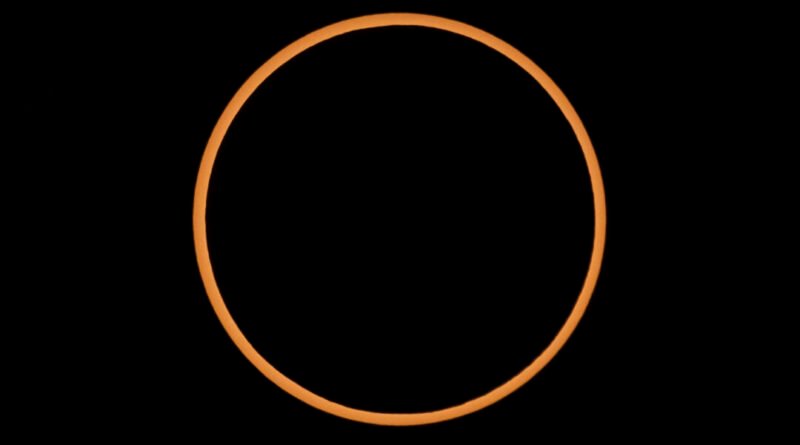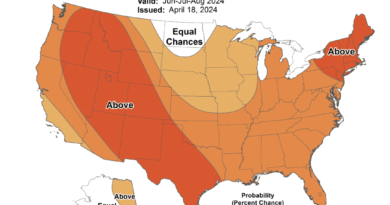October’s Solar Eclipse to Illuminate Parts of South America and the Pacific with ‘Ring of Fire’
NEW YORK—A “ring of fire” eclipse of the sun is coming. But only a lucky few will be in the path.
The annular solar eclipse will be visible Wednesday over Easter Island and the tips of Argentina and Chile.
Here’s how to safely watch the final solar spectacle of the year.
What Is an Annular Solar Eclipse?
Solar eclipses happen when the sun, moon, and Earth line up just so. The moon casts a shadow that can partially or totally block the sun’s light.
During an annular eclipse, the moon obscures all but a ring-shaped sliver of the sun. That’s because the moon is at a point in its orbit that’s farther from Earth.
“The moon is just not quite big enough to cover the sun,” said Carolyn Sumners at the Houston Museum of Natural Science.
This eclipse will occur mostly over water in the Pacific. Rapa Nui, known as Easter Island, is in the path along with parts of Argentina and Chile.
A partial solar eclipse, when the sun appears as a crescent, can be seen from several locations including Brazil, Paraguay, Uruguay, and Hawaii.
Solar eclipses happen about two to five times a year. April’s total eclipse of the sun dazzled skywatchers in parts of Mexico, Canada, and the U.S.
How Do I Safely Look at a Solar Eclipse?
Looking directly at the sun can cause eye damage, even when most of it is covered.
The annular eclipse is safe to spot wearing solar eclipse glasses, which block out ultraviolet light from the sun and nearly all visible light. Sunglasses or binoculars won’t cut it.
Glasses should say they comply with ISO 12312-2 standards, though fake suppliers can also list this on their products.
If you don’t have eclipse glasses, you can still enjoy the spectacle indirectly. Make a pinhole projector using household materials or hold up a colander and look down to see an image of the eclipse projected below.
Peering at the ground under a shady tree can also reveal crescent shadows as the sunlight filters through branches and leaves.
What’s Coming Next?
Two partial solar eclipses will grace the skies next year in March and September.
The next total solar eclipse won’t arrive until 2026 and will pass over the northern fringes of Greenland, Iceland, and Spain.
By Adithi Rmakrishnan





